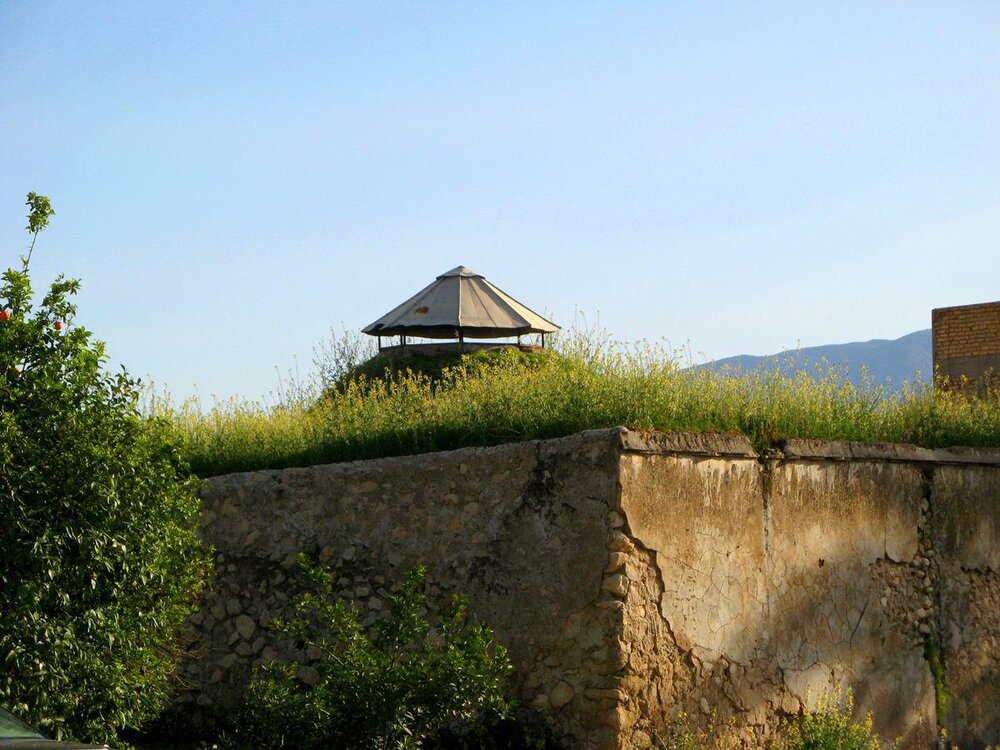New round of restoration starts on Qajar-era bathhouse in southern Iran

TEHRAN - The third round of a restoration project has been commenced on Hammam-e Molla Baba, a Qajar-era (1789-1925) public bathhouse in Kazerun county, which is located in the southern Fars province.
The project involves strengthening and repairing the structure’s walls, basement and arches as well as implementing electrical infrastructure, Kazerun’s tourism chief has announced.
A budget of 2.5 billion rials ($59,500 at the official exchange rate of 42,000 rials per dollar) has been allocated to the project, which is scheduled to be completed within four months, Mohammad Javad Jokari said on Thursday.
The historical structure has been inscribed on the national heritage list.
The ancient region of Fars, also spelled Pars or Persis, was the heart of the Achaemenian Empire (c. 550–330 BC), which was founded by Cyrus the Great and had its capital at Pasargadae. Darius I the Great moved the capital to nearby Persepolis in the late 6th or early 5th century BC.
The capital city of Shiraz is home to some of the country’s most magnificent buildings and sights. Increasingly, it draws more and more foreign and domestic sightseers flocking into this provincial capital which was the literary capital of Persia during the Zand dynasty from 1751 to 1794.
Hammams in Persian culture
Bathhouses or ‘hammams’ in Iran were not only places for bathing and cleaning up. They had a social concept for people who gathered at these places weekly.
It was a place where people talked with each other about their daily life and shared humor and news. There are still bathhouses in Iranian cities but they do not have their social function anymore since most people have bathrooms in their homes due to the modern lifestyle.
Some cities had separate bathhouses for men and women. They were usually built next to each other. However, there were some bathhouses, which were used by men and women at different times of the day.
Persian literature is full of proverbs, narrations, and folk stories about bathhouses, which indicate the importance of the place in the past time.
ABU/AFM

Leave a Comment